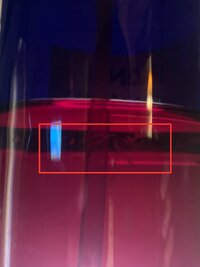MusciViridis
New Member
This is my second time making my own Iron DTPA solution and it seems to have precipitated or started growing film suspended in the solution. I threw out the first batch after it started developing the film over several weeks. I made a new one last week and started seeing precipitation/ film after a week. Before making the second batch, I rinsed out the pump bottle with tap water and then with distilled water to prevent this from happening again to no avail. Here's my current procedure:
1. Warm up 250 mL of distilled water in the microwave.
2. Stir in 5 mL of distilled white vinegar (to bring down pH and prevent precipitation in solution).
3. Let the solution sit for a minute.
4. Mix in Fe DTPA 11% powder.
5. Stir until completely dissolved.
6. Pour into a blue opaque pump bottle.
7. Stir it a few more times and let it sit until cool.
I'm seeking guidance on whether there might be an error in my procedure or any preventive measures I can take to avoid this issue from recurring. Any suggestions would be greatly appreciated.
1. Warm up 250 mL of distilled water in the microwave.
2. Stir in 5 mL of distilled white vinegar (to bring down pH and prevent precipitation in solution).
3. Let the solution sit for a minute.
4. Mix in Fe DTPA 11% powder.
5. Stir until completely dissolved.
6. Pour into a blue opaque pump bottle.
7. Stir it a few more times and let it sit until cool.
I'm seeking guidance on whether there might be an error in my procedure or any preventive measures I can take to avoid this issue from recurring. Any suggestions would be greatly appreciated.


